
Ode to Summer Sunshine and Soave
Aug 16, 2018
Soave Classico should be ‘top of list’ for the sunny season. Why? There are many reasons:
~Soave is the third most popular Italian wine produced (after Chianti and Asti) and is the most popular white wine of Italy.
~Soave is your companion to summer snacking! These bright and aromatic white wines pair beautifully with warmer-weather cuisine like seafood, fresh vegetables and fruit as well as spicy Asian, Indian and Latin influenced dishes.
~Zippy, minerally Soave is an exceptional value and undervalued in the market so you get a lot for your money when you’re Soave-sipping.
~Soave wine comes in different styles. Are you in the mood for light and refreshing or something a little heavier and sophisticated? Opt for Soave matured in stainless steel for a more airy and bright refreshment, or for a heartier wine, choose Soave aged in oak and pair it with meatier dishes like grilled octopus, eggplant or curried mussels.
~Lastly the famous Leonildo Pieropan (founding father of Soave), summed it all up when he famously stated, “Soave is that fallback blue suit in the closet….It’s the wine you can count on to pair with anything.” In case you’re more of a dress person, Soave is that go-to sundress that lights up your summer celebrations, rain or shine.
So what do the wines of Soave Classico taste like? Soave tastes like bright golden sunshine of course! It looks like sunshine, too – bright lemon yellow beams from this picnic-ready wine! Some of the most classic examples of Soave Classico will illuminate your palate with white floral tones, peach, pear, sweet grass and cantaloupe.
As far as grape variety goes, the wine is made from at least 70% Garganega grapes, with the remainder comprised usually of Trebbiano di Soave but sometimes also of Chardonnay and/or Pinot Blanc.
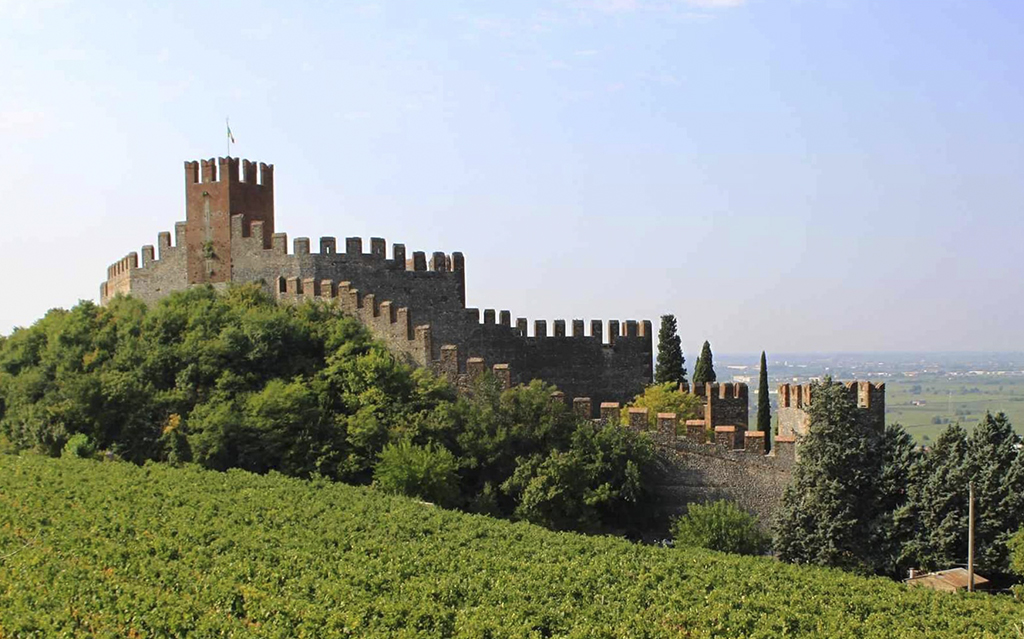
Don’t Let the Sun Go Down on You – know how to select the best
Soave Classico has an interesting wine history that you should know about before ordering up a bottle on the patio or by the pool. Not all Soave Classicos are created equal. Look for ‘Classico’ on the label.
In the hillsides of Soave Classico, the wineries are usually family-owned and farmed from complex volcanic soil and not produced on a commercial scale. However, Soave Classico is surrounded by a large expanse of flatlands for the production of Soave without the word “Classico” on the label. In the 1970s and 1980s Soave’s popularity grew in the United States, so to keep up with demand, farmers increased vineyard planting to expand into the previous unplanted flatlands. Vines planted in the lower land are often machine-harvested, higher yielding and owned by large cooperatives for larger production (sometimes producing millions of cases). These more recently planted vineyards sitting below the hills of Soave do not possess the most ideal conditions for top quality Soave wine production. The take-away is that you want to lean towards the wines made from vineyards on the hillsides.
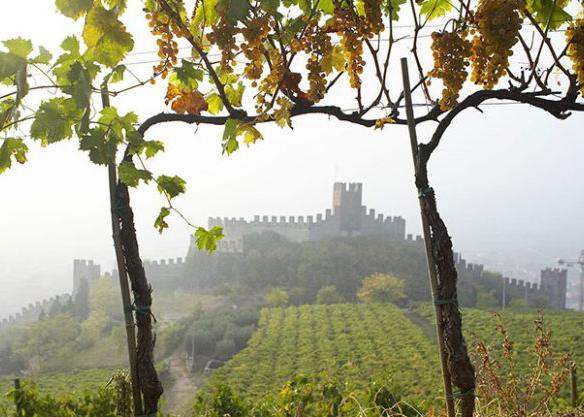
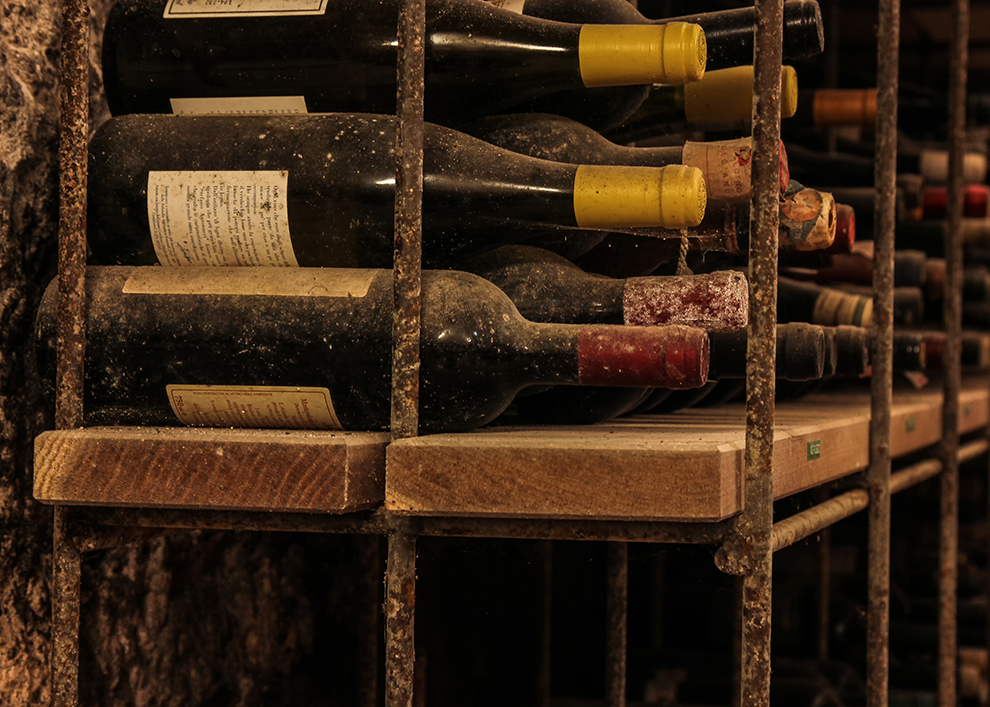
I’m Walking on Sunshine – so what is so special about the hills of Soave Classico?
The answer is in the dirt! Soave Classico has ancient and varied terroir. Each part of the hill in Soave Classico is a little different and those unique soil types produce different styles of wine. We can find dark, volcanic earth that may produce nutty flavors, and we can find red and yellow soils that may translate into dry minerality and concentrated yellow fruit in the wine. It’s not only superior soil that contributes to quality here, though. The older age of the vines and the higher altitude that they are situated at cause the vines to dig deeper while receiving ample sunshine throughout the growing season. Wines produced from the hills can create a much more complex white wine than the wines produced from the flat plain below.
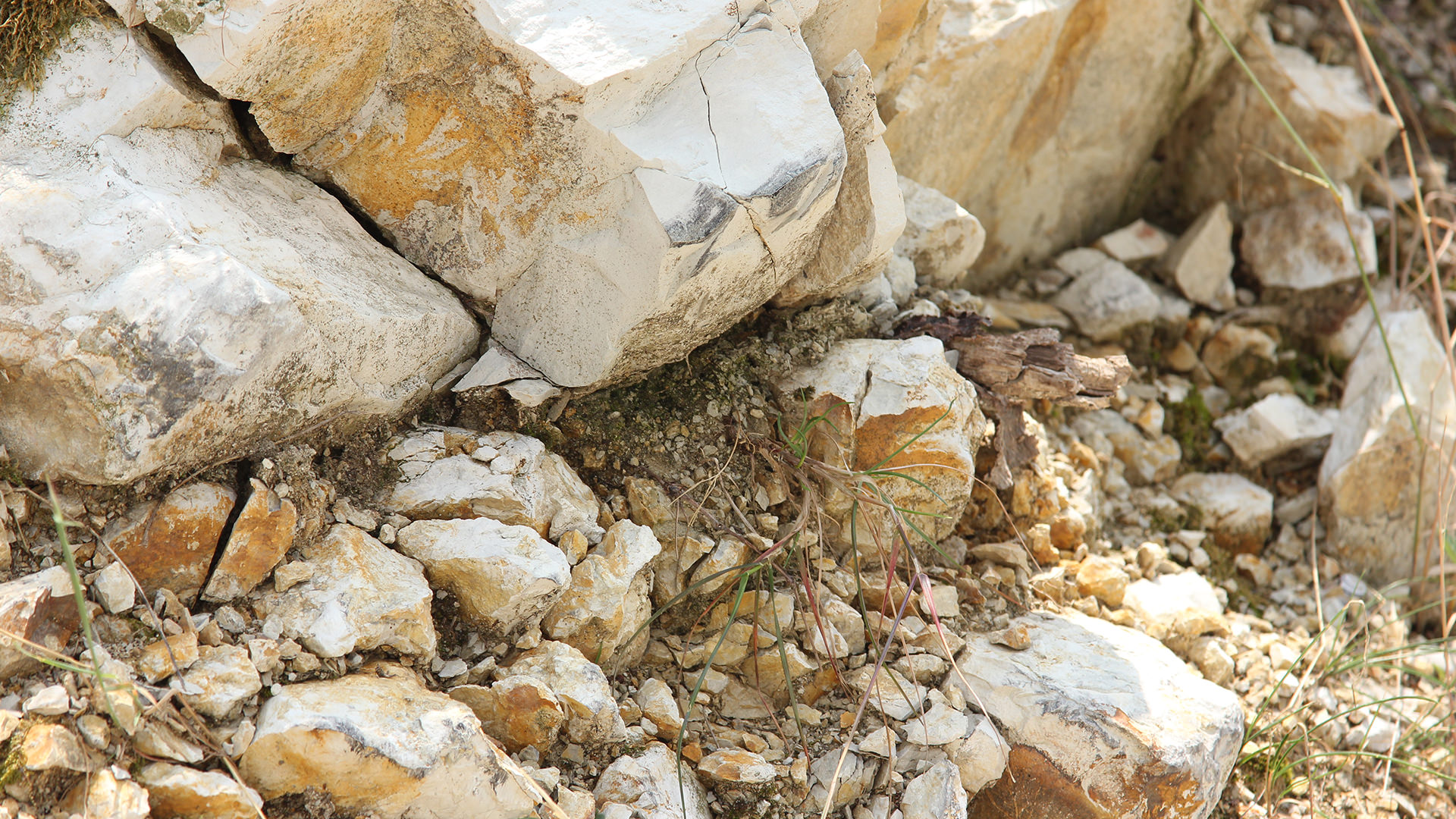
TENUTA DI CORTE GIACOBBE – when you’re looking for a connection to terroir to enlighten your day!
Tenuta di Corte Giacobbe’s story began in 1934 when Augusto Dal Cero purchased his first three hectares in the commune of Roncà, just a few kilometers from Soave, in the eastern part of the denomination. The Tenuta di Corte Giacobbe vineyards are located just a few kilometers away from Soave, on high on the slopes of the Lessinia Mountains, about 1,345 feet above sea level. These hillside vines receive excellent exposure to sunlight, which allows the grapes to ripen perfectly. Today, Augusto’s grandchildren keep up the tradition and take care of 15 hectares, crafting wines that are the perfect expression of the local terroir.
There are two extinct volcanoes on the estate, Calvarina and Crocetta. The extraordinary Runcata Vineyard sits on the ridge that divides these two volcanoes and is planted on ancient stratovolcano. This mixture of hardened lava, tephra, pumice, and volcanic ash enriches the black and gray tuff soil with minerals and beneficial elements that lend minerality and fragrance to the wine. Giacobbe chooses to farm naturally without chemicals and adhere to biodynamic principles.
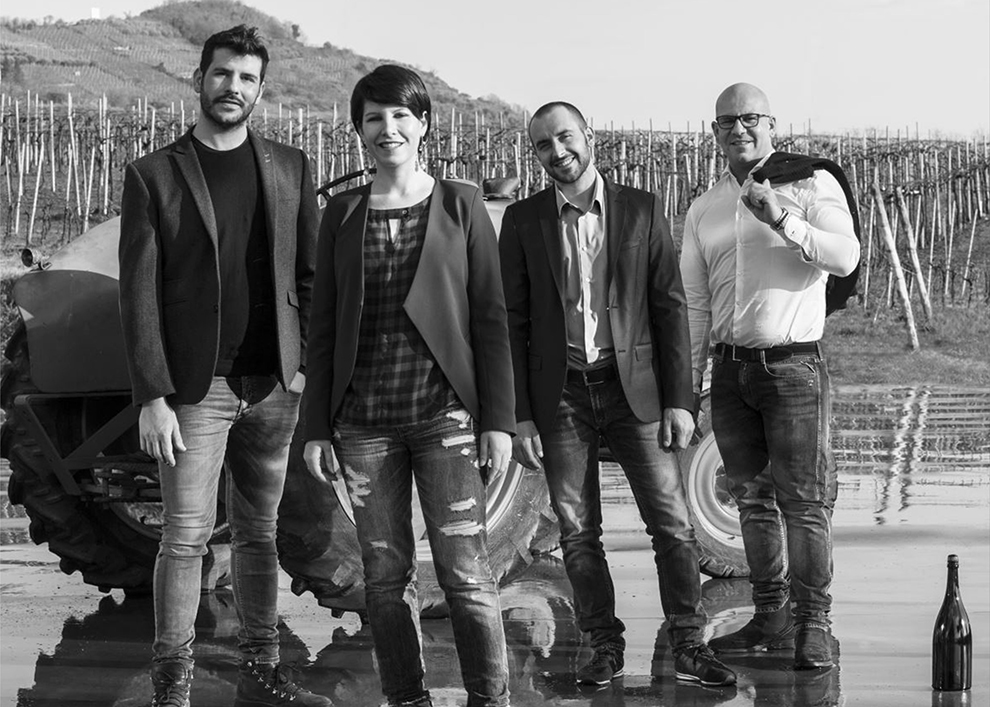
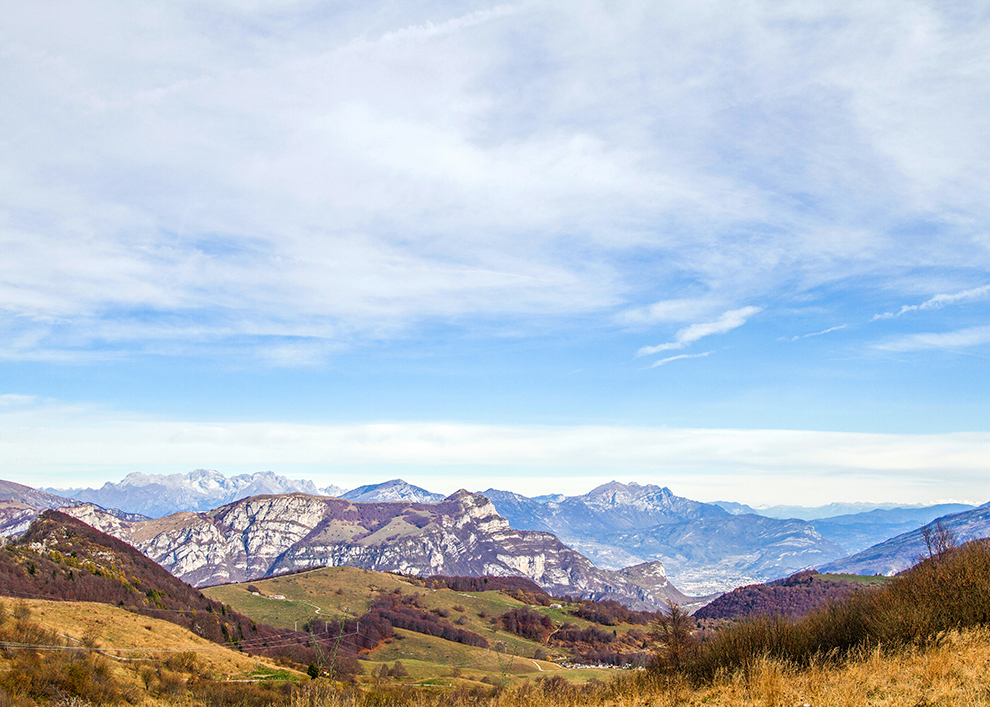

Straw yellow with pale green highlights. On the nose, multi-faceted fragrances of ripe melon and yellow orange, jasmine and chamomile complement pungent rosemary and mountain-grown hay. Appealing and well-balanced on the palate, with lingering, aromatic melon and citrus that push through to a crisp finish hinting of dried almond. It displays a vibrant vein of minerality, gift of its valley terroir of origin.
PIEROPAN – when you’re looking for polished gold!
Pieropan adds the crowning touch to your summertime celebration with its polished style.
The Pieropan winery was founded in 1880 in the heart of the medieval village of Soave. Leonildo Pieropan, a respected doctor, began making wine in the family home. Nowadays the winery is run by Nino and Teresita Pieropan and their sons, Dario and Andrea, fourth generation winemakers and winegrowers who were raised in vineyards and cellars of Soave. The family still works and lives in that historic building that sits atop an ancient hill in the medieval village of Soave, directly across from the turrets and walls of the village’s towering castle.
The Pieropan family cultivates their own vineyards which are planted in volcanic basalts. Their Calvarino vineyard is in the heart of the region on a series of steep slopes that offer abundant sunlight. Calvarino means “small ordeal” and refers to the challenge of working in such steep vineyards and traversing the tortuous path to reach the estate. La Rocca vineyard is planted on mount Rocchetta near Verona in ancient calcareous soils. The terraces of La Rocca vineyard are very narrow and carefully laid-out on the hillside just below Soave’s medieval castle.
The Pieropans adhere to their organic family code, combining traditional and modern techniques to compliment the environment and uphold sustainable winegrowing and winemaking. This way of thought has been passed down through generations and is what lends itself to a wine that shows very elegant in style. The Pieropan family is connected to the earth, which really elevates the wine and allows it to shine brightly.
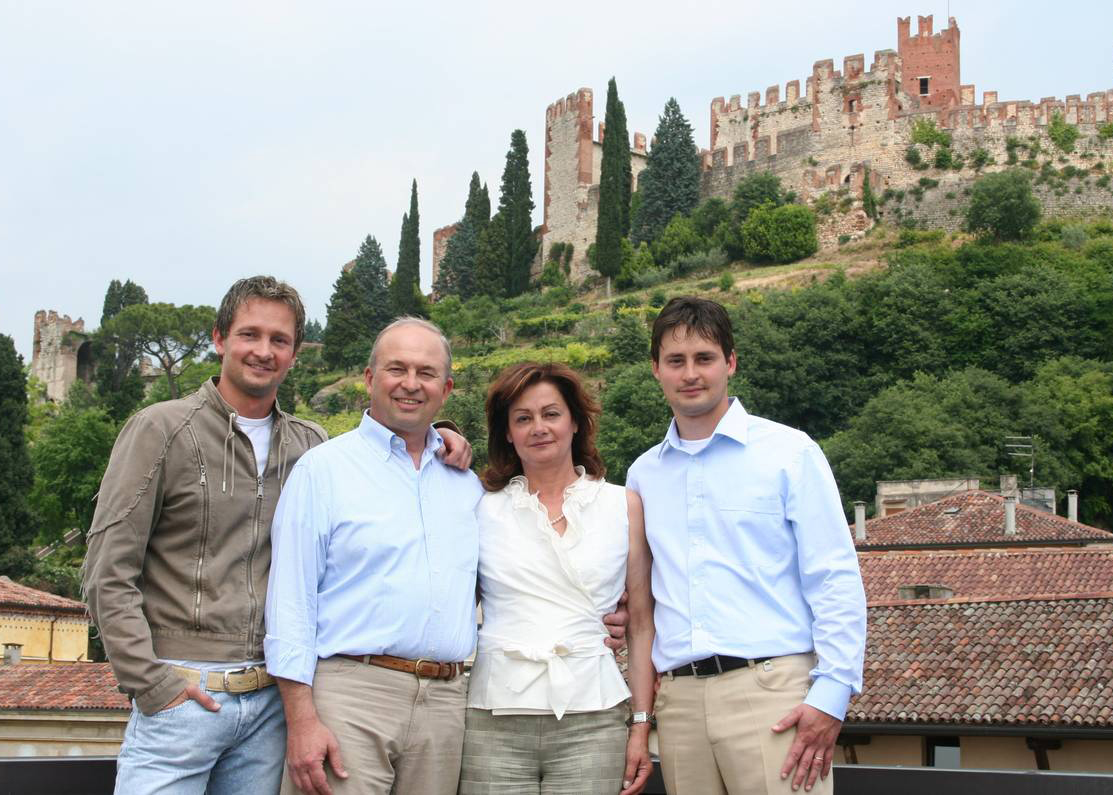
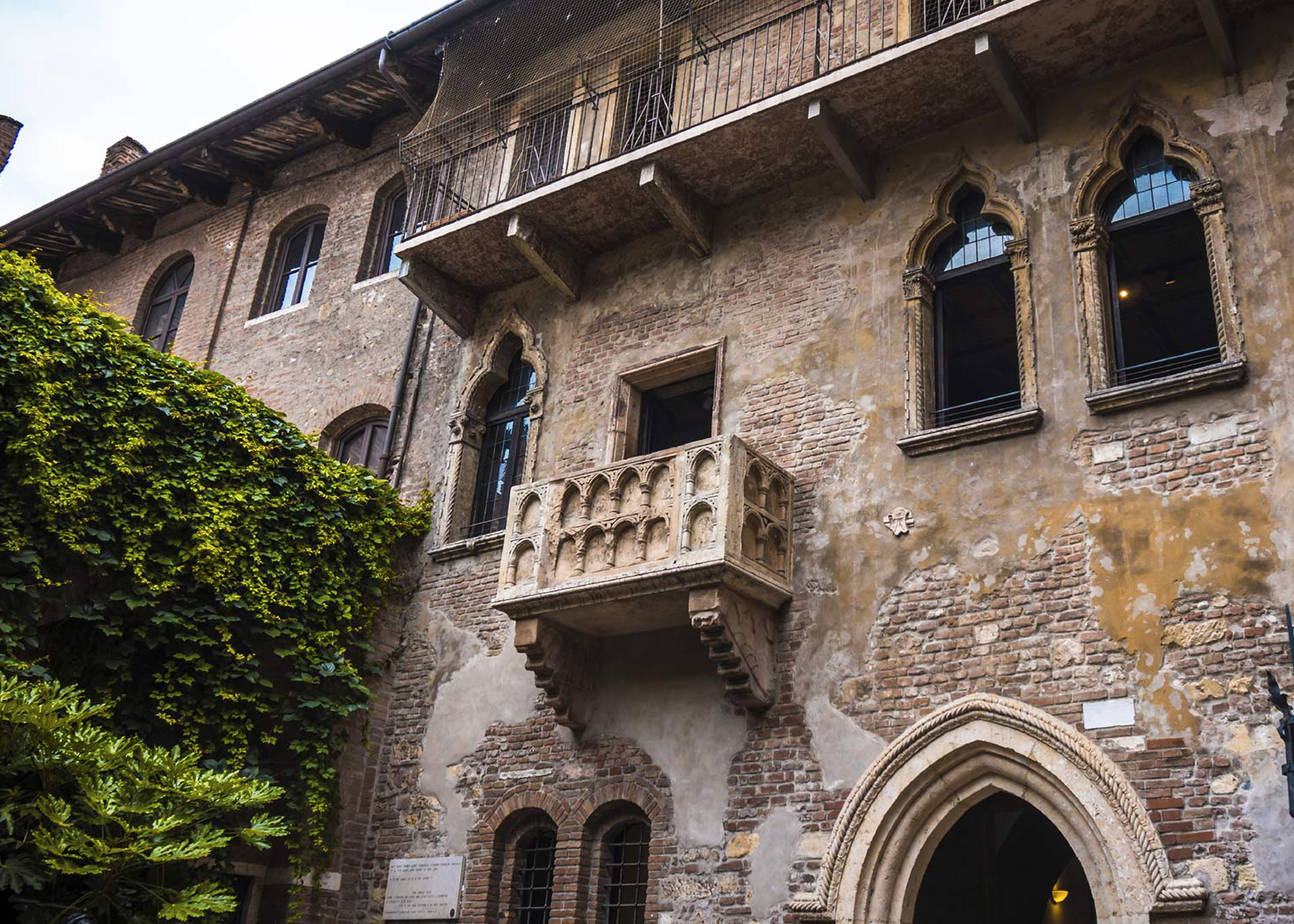
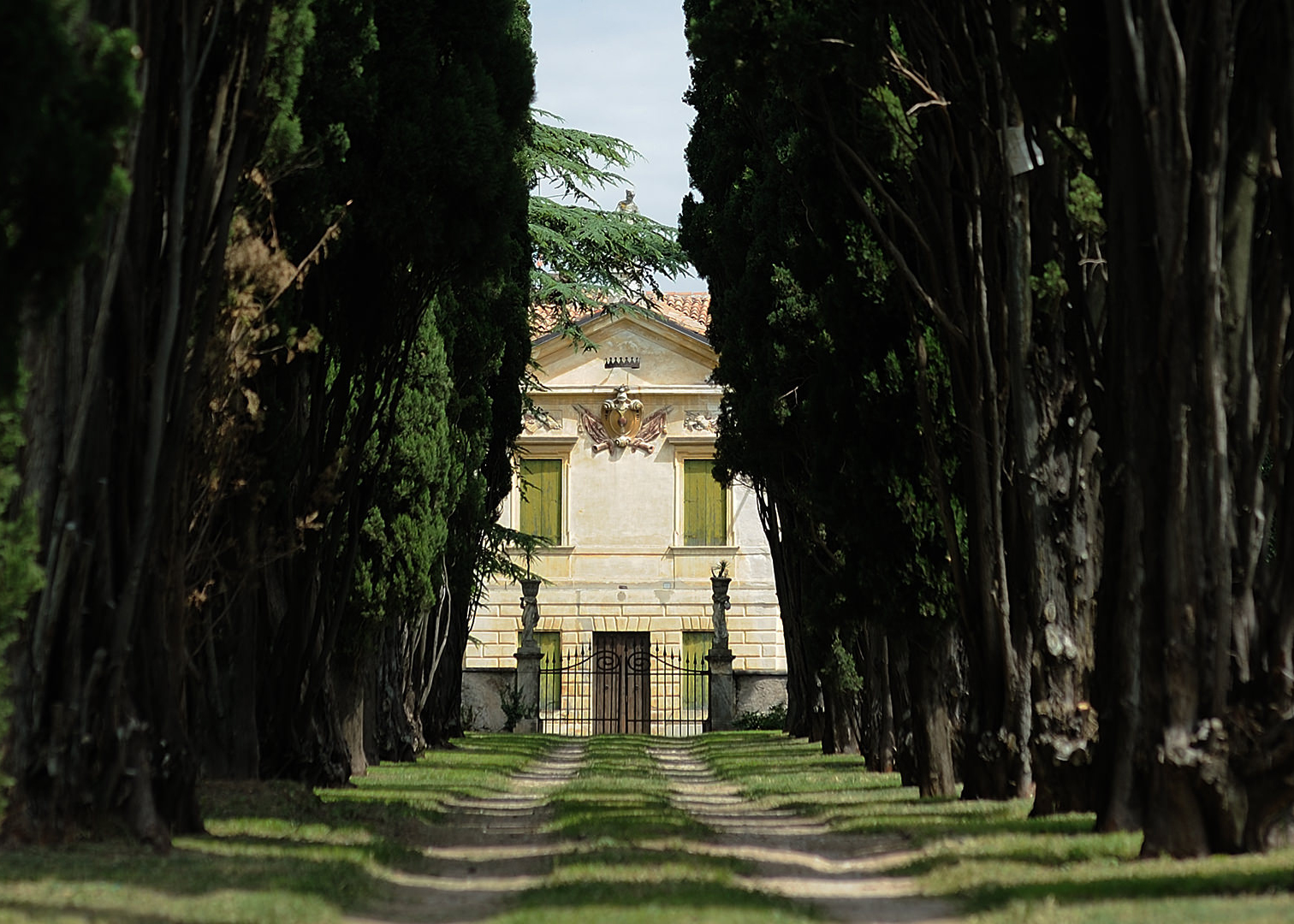
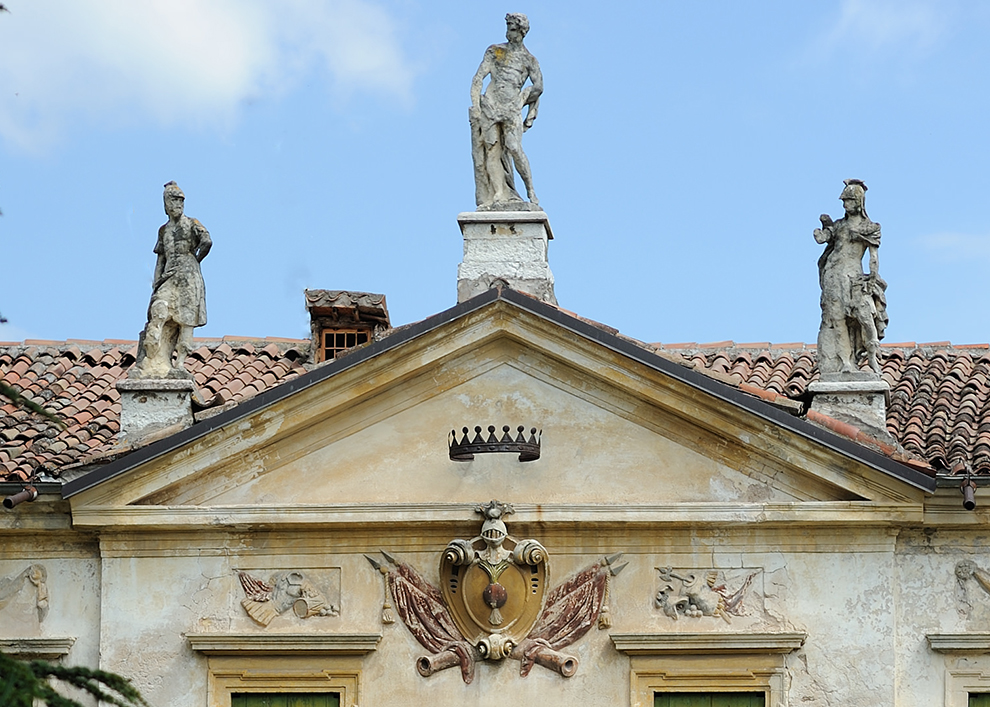

“Aromas of ripe stone fruit, hazelnut and tropical fruit emerge on this savory, structured white. Refined and full of flavor, the palate doles out juicy yellow peach, apricot and a hint of ginger, while almond lingers on the long finish.” 94pts Wine Enthusiast

“Savory and fresh, this opens on alluring aromas of white flower, orchard fruit, citrus and a whiff of crushed rock while the palate offers creamy white peach, apple and lemon drop. A saline mineral note lingers on the finish.” 92pts Wine Enthusiast; 90pts Decanter; 90pts Tasting Panel

“Always one of Italy’s premier white wines, Pieropan’s gorgeous 2015 Calvarino sets a new benchmark. Opening with heady aromas of white spring wildflower, citrus blossom, aromatic herb and crushed rock, the savory palate delivers layers of lemon drop, ripe apple, juicy pear and tangy mineral notes. It’s concentrated yet elegant and thoroughly delicious.” 96pts Wine Enthusiast, Cellar Selection
I can see clearly now, the Soave’s here….
It’s gonna be a bright, bright
Sun-Shiny day.
Why not intertwine refreshing Soave wine with your summertime activities and gatherings? And just know that you can hold onto sunny summer all year long when there’s Soave in your glass…..because, there Ain’t No Sunshine When She’s Gone.

